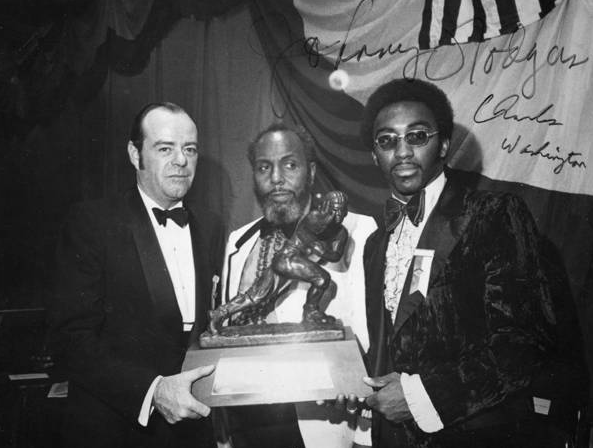The Twenty-First Census: Census Day was April 1, 1990.
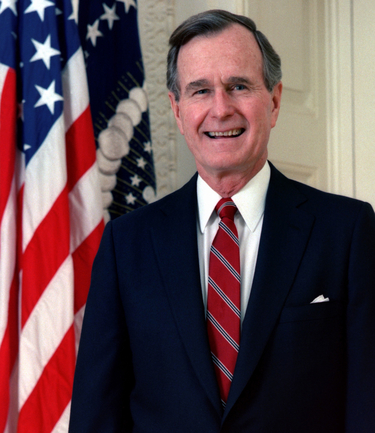
The Census Bureau relied on extensive user consultation prior to the census to guide its efforts to refine both the long and short form questionnaires and the resulting data products. The agency held close to 100 meetings with groups including interested citizens, state agencies and legislatures, and public and private organizations throughout the country. It also solicited recommendations from federal agencies.
Enumeration
The 1990 census used two questionnaires: A short form asked 13 questions to 100 percent of the population and a long form asked 45 questions to 20 percent. Questions on the long form covered topics as diverse as marital history, carpooling arrangements, number of stories in their dwelling place, presence of elevators, and type of cooking and water-heating fuel used. Questions about the presence of air conditioning, the number of bathrooms, and type of heating equipment were dropped from the housing section of the 1990 census.
An additional question on congregate housing (such as, “Does the monthly rent include any meals?”) was added and the question on disability was revised, replacing the 1980 question on ability to use public transportation with one on ability to go outside of the home alone and to take care of personal needs.
Efforts to Improve Coverage and Completeness
Americans were alerted to the importance of responding to the 1990 census by extensive public television, radio, and print advertising. Promotion activities included local “complete count” committees, information kits and lesson plans for schools (Census in Schools), for churches, local government outreach and partnerships, and pro bono public service announcements, costing approximately $67 million.
The Census Bureau built upon its “T-Night” and “M-Night” itinerate person enumeration programs from 1980 with “S-Night” (“S” standing for Streets/Shelters). S-Night was a one-night sweep, conducted in major cities, of homeless shelters nationwide and other areas where the homeless were known to congregate. Many in the media billed this event, which took place on March 20, 1990, as a “homeless census,” although there is no way to determine the proportion of the homeless population that was counted on “S-Night.”
Following the 1980 census, the Census Bureau initiated plans to study the possibility of statistically adjusting the 1990 census to correct for the undercount. As a part of a planned post enumeration survey (PES) the Census Bureau would complete a contemporaneous survey of households and compare the results to information from the census for the same block clusters. With these data, the Census Bureau hoped to be able to develop adjustment factors to compensate for the anticipated undercount.
In October 1987, the undersecretary of commerce for economic affairs announced that, because the Commerce Department did not intend to statistically adjust the census for either undercounts or overcounts, he was canceling the Census Bureau’s adjustment-related planning activities for the 1990 census.
In November 1988, New York City and a coalition of state and local interests joined forces to file a lawsuit to compel the Census Bureau to reconsider the use of statistical adjustment of the population totals in light of the expected undercount from the 1990 census. In July 1989, the Commerce Department and the New York plaintiffs reached a partial resolution of the lawsuit. The Census Bureau would reinstate the PES (but with a smaller sample size than originally planned) and use it to produce population data that had been adjusted for the projected undercount. These data would be judged against the unadjusted data by an expert panel – the Secretary of Commerce’s Special Advisory Panel (SAP), which would provide advice on whether to adjust the 1990 population figures.
Technological Advances
The Topologically Integrated Geographic Encoding and Referencing System (TIGER), developed by the U.S. Geological Survey and the Census Bureau, was introduced for the 1990 Census. It is a computerized representation of various map features such as streets, and rivers, and census geographic boundaries and their attributes such as latitude, longitude and address ranges. TIGER was used to geographically code addresses into appropriate census geographic areas, as well as to produce the many different maps required for data collection and tabulation.
In 1985 the Census Bureau was the first government agency to make information available on CD-ROM, a new and relatively untested medium. Six years later, detailed census data, which for several decades had been available only to organizations with large mainframe computers, was made accessible by anyone with a personal computer. As in 1980, 1990 census data were available in print, on computer tape, and on microfiche. In addition to these media and CD-ROM, selected data were also made available online through two vendors of online services- DIALOG and CompuServe.
Intercensal Activities
Demographic analysis showed that the 1990 census had an estimated net undercount of 1.8%, with an appreciably larger net undercount rate for African Americans than for other residents. The PES sampled 165,000 households in 7,500 blocks, and the Census Bureau compared this data with data from the census for the same block clusters. By comparing the data from these two sources, Census Bureau statisticians were able to estimate the numbers and characteristics of those missed or improperly counted by the enumeration. From there, the statisticians developed statistically adjusted population counts down to the block level.
In June 1991, the Undercount Steering Committee, a Census Bureau group charged with advising the director on adjustment recommended using the adjusted population counts. Following this recommendation, the director herself came out in favor of adjustment. However, the undersecretary of commerce for economic affairs, who oversees the Census Bureau disagreed. The secretary of commerce’s SAP split, four votes to four.
Responding to the mixed recommendations, the secretary of commerce announced in July 1991 that he did not find the evidence in favor of using adjusted counts convincing. He decided that the 1990 census would use the unadjusted totals.
Following announcement of the secretary’s decision, the New York plaintiffs resumed their lawsuit. The federal district court decided in favor of the Department of Commerce in April 1993. Plaintiffs appealed the ruling, and the U.S. Court of Appeals rejected the district court ruling and ordered that the case be returned to the district court for further proceedings. The issue was finally taken up by the Supreme Court, which in March 1996 upheld the secretary’s decision not to adjust the 1990 census counts, but did not rule on either the legality or constitutionality of the use of statistical adjustment in producing the apportionment counts.
Further Information
- A detailed procedural history of the 1990 census is available in Procedural History: 1990 Census of Population and Housing [63 MB]
- Reports and statistics from the 1990 census
Information provided from Census.gov
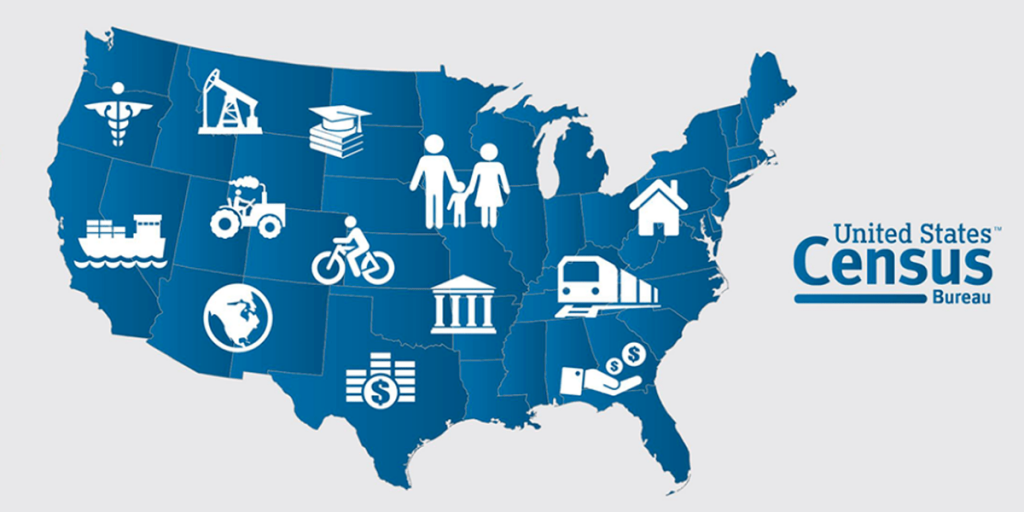


 The
The  NCompass Live is broadcast live every Wednesday from 10am – 11am Central Time. Convert to your time zone on the
NCompass Live is broadcast live every Wednesday from 10am – 11am Central Time. Convert to your time zone on the 
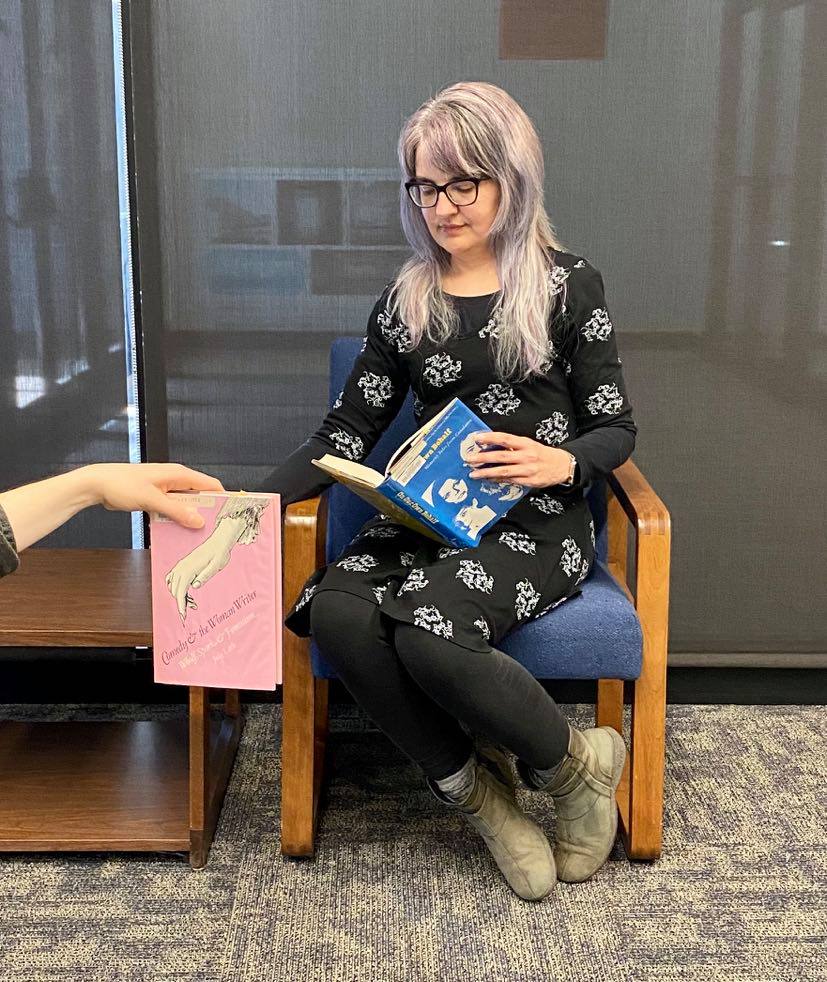

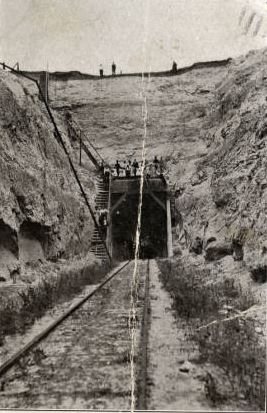
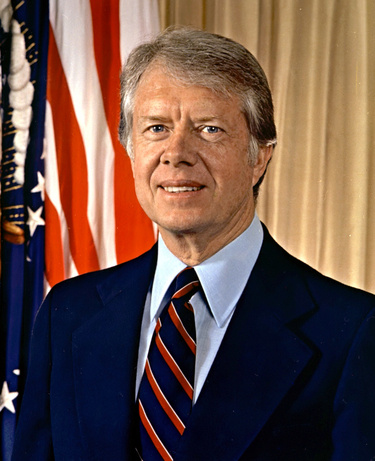

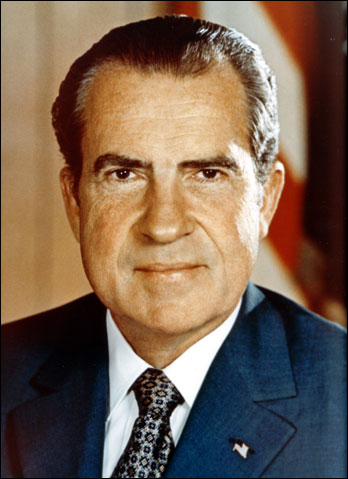




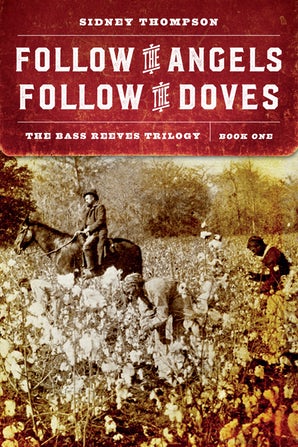

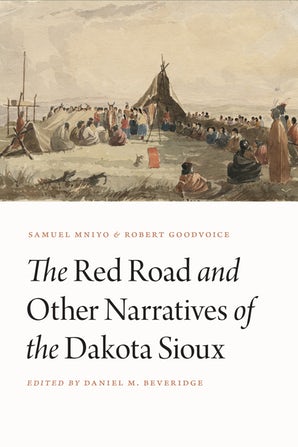
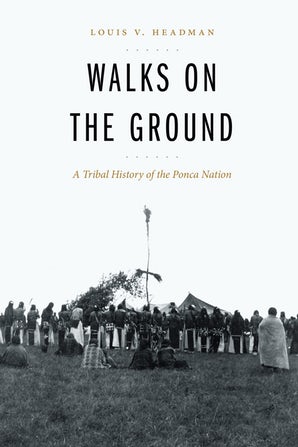
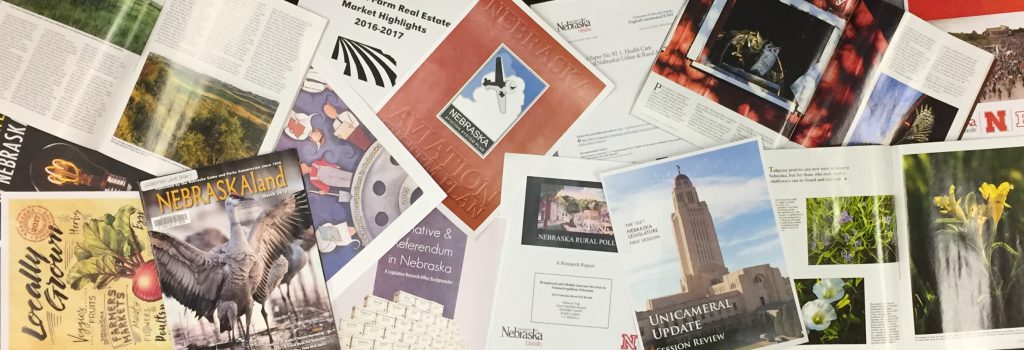
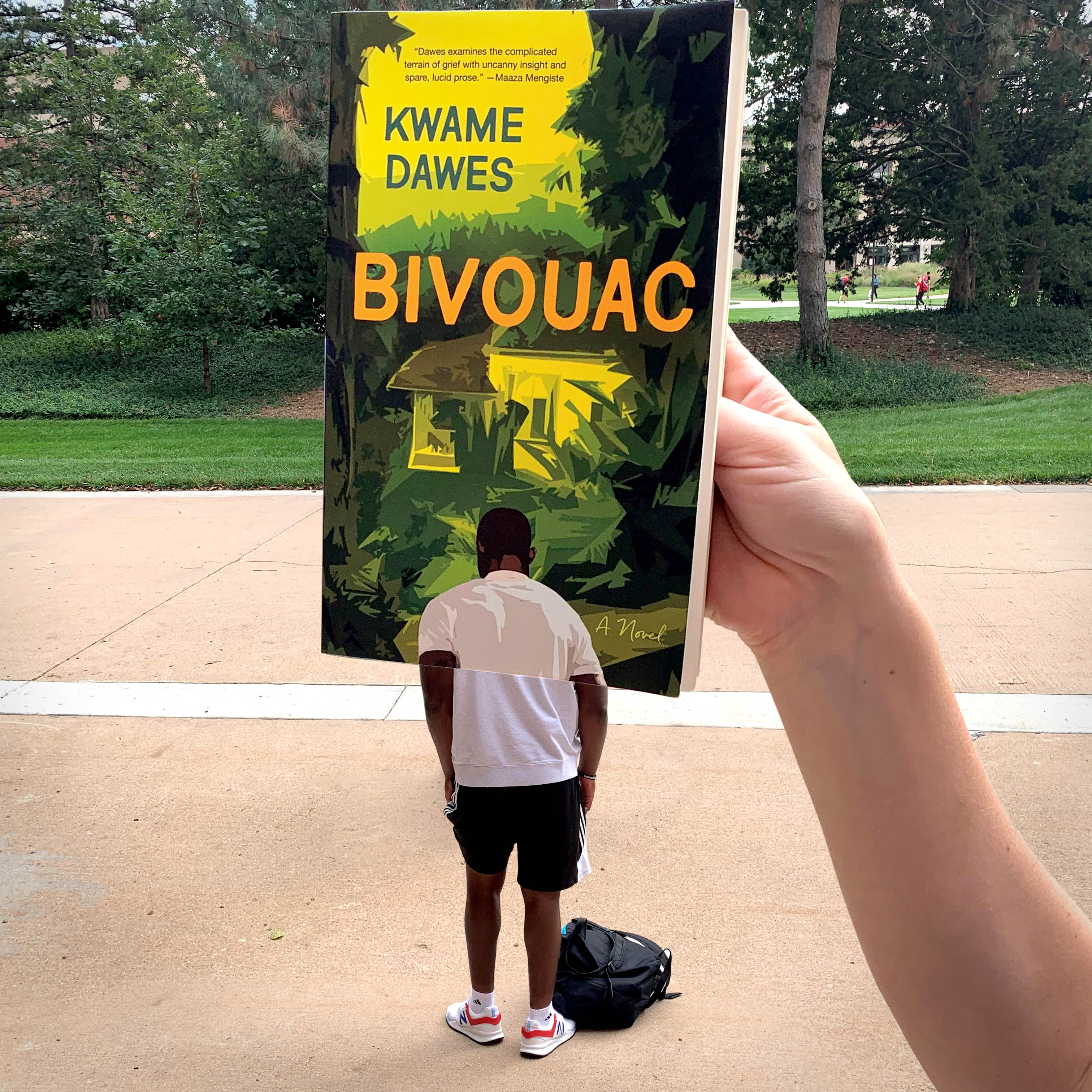
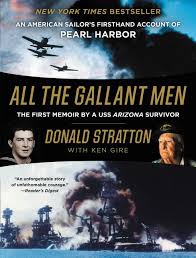
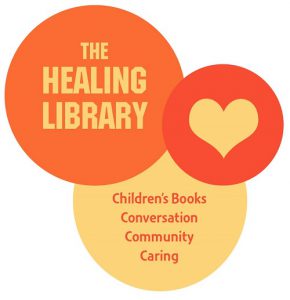 An overview of
An overview of 